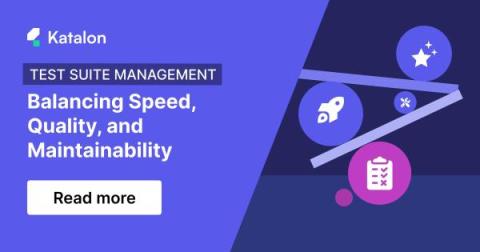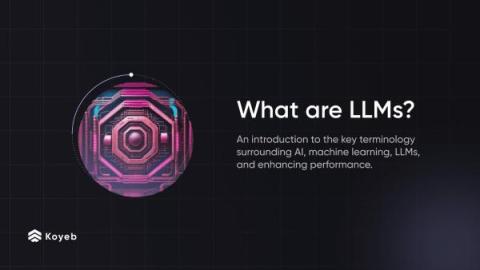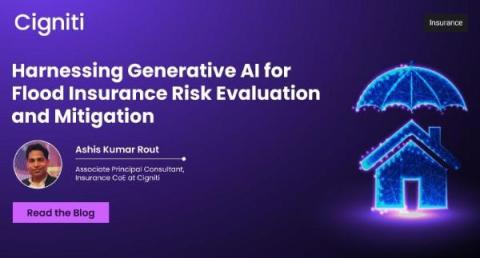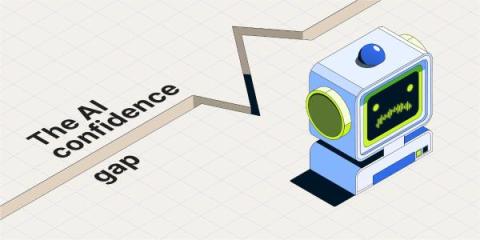Run Bitrise builds on your own infrastructure: The Bitrise Runner
The Bitrise Runner is a new capability that allows you to use the machine of your choice within your own infrastructure, to run Bitrise builds, providing enhanced security, geolocation flexibility, and control over build environments.











